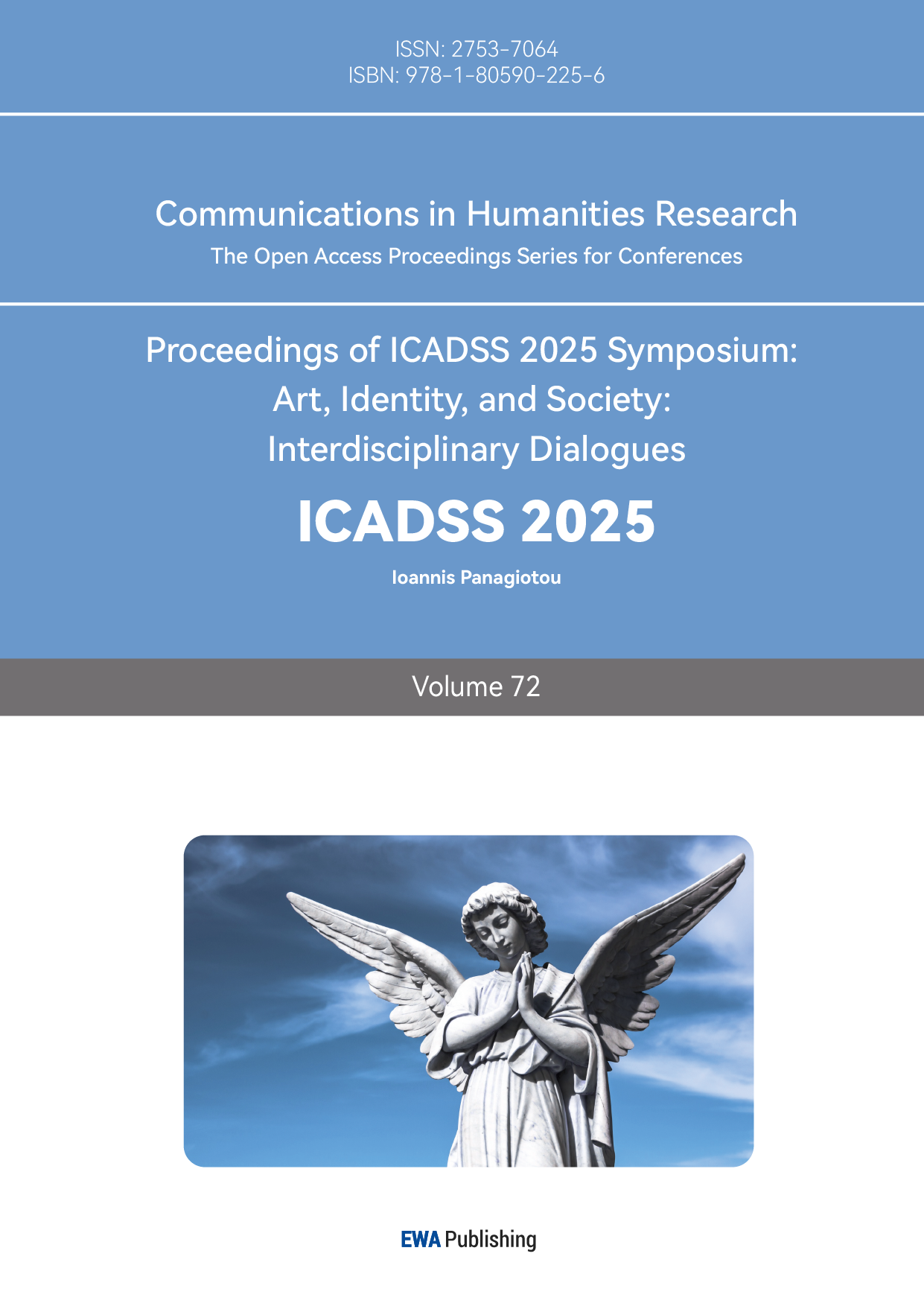References
[1]. Eisenman, Peter, and Matt Roman Hofer. (2012). Palladio Virtuel. New Haven: Yale University Press.
[2]. Tuck, Eve, and K. Wayne Yang. (2022). Decolonization is Not a Metaphor. Decolonization: Indigeneity, Education & Society, 1(1): 1-40.
[3]. Walter C. Koerner Library, accessed December 18, 2024, https: //www.library.ubc.ca/archives/bldgs/koernerlibr.htm.
[4]. Jun Wang. (2015). The Cultural Landscape of Tsinghua University: Tradition and Modernity Beijing: Tsinghua University Press, 13.
[5]. Peter Eisenman and Matt Roman Hofer. (2012). Palladio Virtuel. New Haven: Yale University Press, Preface.
[6]. Nest Catering & Conferences. “Nest Catering and Conferences - UBC.” June 23, 2023, https: //www.nestcatering.com/
[7]. Liu, Yishi. (2014). Building Guastavino Dome in China: A Historical Survey of the Dome of the Auditorium at Tsinghua University. Frontiers of Architectural Research, 3(2): 121–40.
[8]. Centre for Interactive Research on Sustainability (CIRS), accessed December 19, 2024, https: //www.library.ubc.ca/archives/bldgs/CIRS.html.
[9]. Jian Shen, Shubo Deng, and Jing Wu. (2021). Identifying Pollution Sources in Surface Water Using a Fluorescence Fingerprint Technique in an Analytical Chemistry Laboratory Experiment for Advanced Undergraduates. Journal of Chemical Education, 99(2): 932–40.



